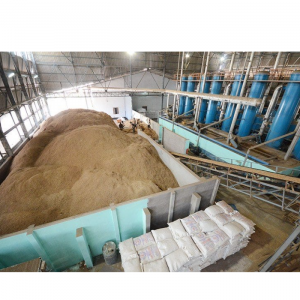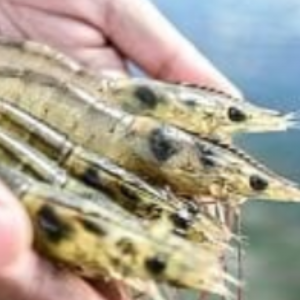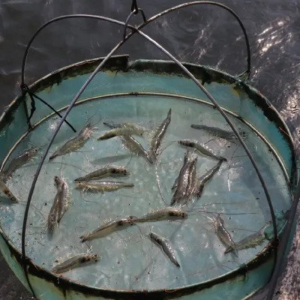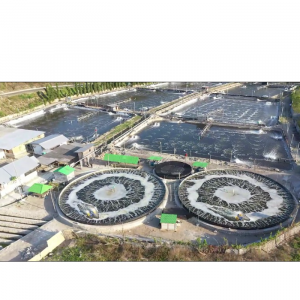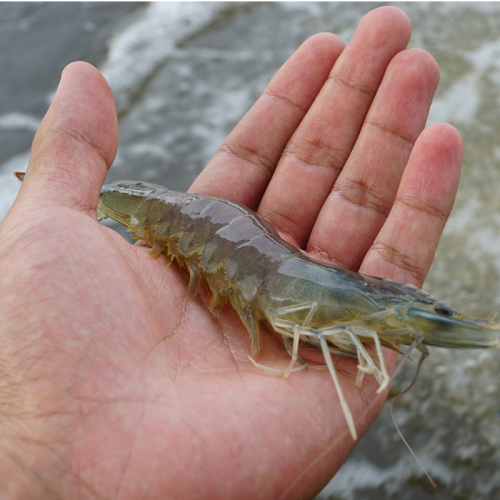
Strategy to Control Acute Hepatopancreatic Necrosis Disease (AHPND) in Shrimp Farming
| Mon, 29 Nov 2021 - 10:17
This article is summarized from a study by Vikash Kumar et al. 2021 published in Toxins to provide management strategies to control and minimize Acute Hepatopancreatic Necrosis Disease (AHPND) in shrimp.
Bacterial diseases such as AHPND has been severely affecting the economy and sustainability of the shrimp farming industry in recent years. AHPND first appeared in China in 2009 then spread to Vietnam, Malaysia, Thailand, Mexico, Philippines and South America.
Bacteria that cause AHPND mainly attack the digestive gland (hepatopancreas) and damage hepatopancreas cells, leading to dysfunction, and causing mass death of shrimp. Shrimp affected by AHPND show lethargy, decreased appetite, growth retardation, empty digestive tract and pale hepatopancreas.
Here is the trategies to control and management of AHPND:
Probiotics
Probiotics have emerged as a promising antibiotic alternative to improve disease resistance in shrimp farming against AHPND. Some probiotic bacteria have the ability to secrete extracellular substances and antibacterial peptides, which improve the digestion and absorption of feed, promote shrimp health and immunity, and promote shrimp growth and reproduction at the same time increase the survival rate when shrimp are exposed to pathogens. However, the effects of probiotics are often influenced by culture conditions, the viability of probiotic bacteria to the gastrointestinal tract of shrimp, usage, dose, probiotic strain and shrimp species.
Read more: Microbial Community of Probiotic-Treated Shrimp Survivors Put to AHPND Challenge Test
Probiotics can be involved in establishing the balance of gastrointestinal microflora, improving digestive function, immune system and increasing survival rate of white shrimp against pathogenic AHPND's V. parahaemolyticus strain.
Phage Therapy
Bacteriotherapy is the use of bacteriophages to treat infections caused by bacteria. Bacteriophages are called bacteriophages - a type of virus. The phages attach to the bacterial cell and inject a viral genome into the cell.
In shrimp farming, the phage used belongs to the family Siphoviridae or Myoviridae. The member bacteriophage of the family Siphoviridae is the lytic bacteriophage in the study of Yang et al. (2020) has the ability to kill multi-drug resistant V. parahaemolyticus thus its use is suggested as a potential biological control.
Jun et al. (2016) showed that the phage pVp-1 (family Siphoviridae) was resistant to strains of V. parahaemolyticus. In another study, Jun et al. (2018) found that after shrimp were treated with pVp-1 bacteriophage, there was a significant recovery of histopathological lesions caused by the effects of AHPND. These results emphasize that phages may be suitable for use in the prevention or treatment of AHPND caused by V. parahaemolyticus.
Read more: Transcriptomic Analysis of Pacific White Shrimp in Response to AHPND
Compounds of Plant
The use of antimicrobial agents in aquaculture can lead to the emergence of resistant microorganisms. Therefore, an alternative is to use compounds of plant origin. Plants with rich bioactive compounds: alkaloids, glycosides or potential antibacterial agents can control bacterial infection in shrimp culture. Plant-based products, such as essential oils and phenolic compounds, have been tested and used as an effective treatment against bacterial infections.
Previous research has reported natural/plant compounds that can minimize pathogen impact, improve immune system and survival rate of shrimp against V. parahaemolyticus AHPND strain .
In the 2016 study RK Jha et al., the myrtle seed extract (Rhodomyrtus tomentosa) showed antibacterial activity against AHPND bacteria. This extract can improve the survival rate of white shrimp with AHPND. TV Phuong et al. 2019 showed that both fresh and dried extracts from bitter hyacinth (Phyllanthus amarus) had antibacterial activity against V. parahaemolyticus AHPND strain.
Seaweed is also reported to have antibacterial activity against bacterial pathogens and has a number of health-promoting properties. Protein extract from red marine algae was able to inhibit the growth of V. parahaemolyticus strain and significantly improve the survival rate of white shrimp when infected with V. parahaemolyticus strain (Boonsri et al. 2017).
Immune Stimulants of Plant Origin
Natural products from medicinal plants and seaweed, are considered as potential alternatives for the prevention and treatment of AHPND in shrimp. In addition to their antiviral, antibacterial, and antiparasitic properties, plant-derived compounds are rich in secondary metabolites and phytochemical compounds that play an important role in food absorption and digestion. , while improving the growth performance and health of shrimp.
Compounds of plant origin can be used as whole plants, parts (leaves, roots or seeds) or as extracts, added to the culture water or to the diet.
Improving the shrimp's immune system is a potential method to help shrimp fight pathogens. The immunostimulatory activity of compounds of plant origin is partly contributed by phenols, alkaloids, terpenoids, essential oils, lectins, polypeptides and polyacetylenes.

Recently, it has been shown that a plant-derived polyphenol compound (phloroglucinol) confers resistance in giant freshwater prawns against AHPND-causing strain of V. parahaemolyticus. Similarly, the protective effect of phloroglucinol on giant freshwater prawn larvae against V. parahaemolyticus is related to its antioxidant capacity (e.g. generation of hydrogen peroxide H2O2).
Although plant-based compounds are reported to improve shrimp immunity and health, some also have toxic properties. Plant toxicity can be traced back to chemical compounds derived from leaves, roots, or seeds. Therefore, prior to the application of compounds of plant origin, a survey must be carried out on the optimal dosage in the species in each of the different life stages, the mode of application (immersion, feeding or injection) and impacts on non-target species.
Source: Tepbac.com













